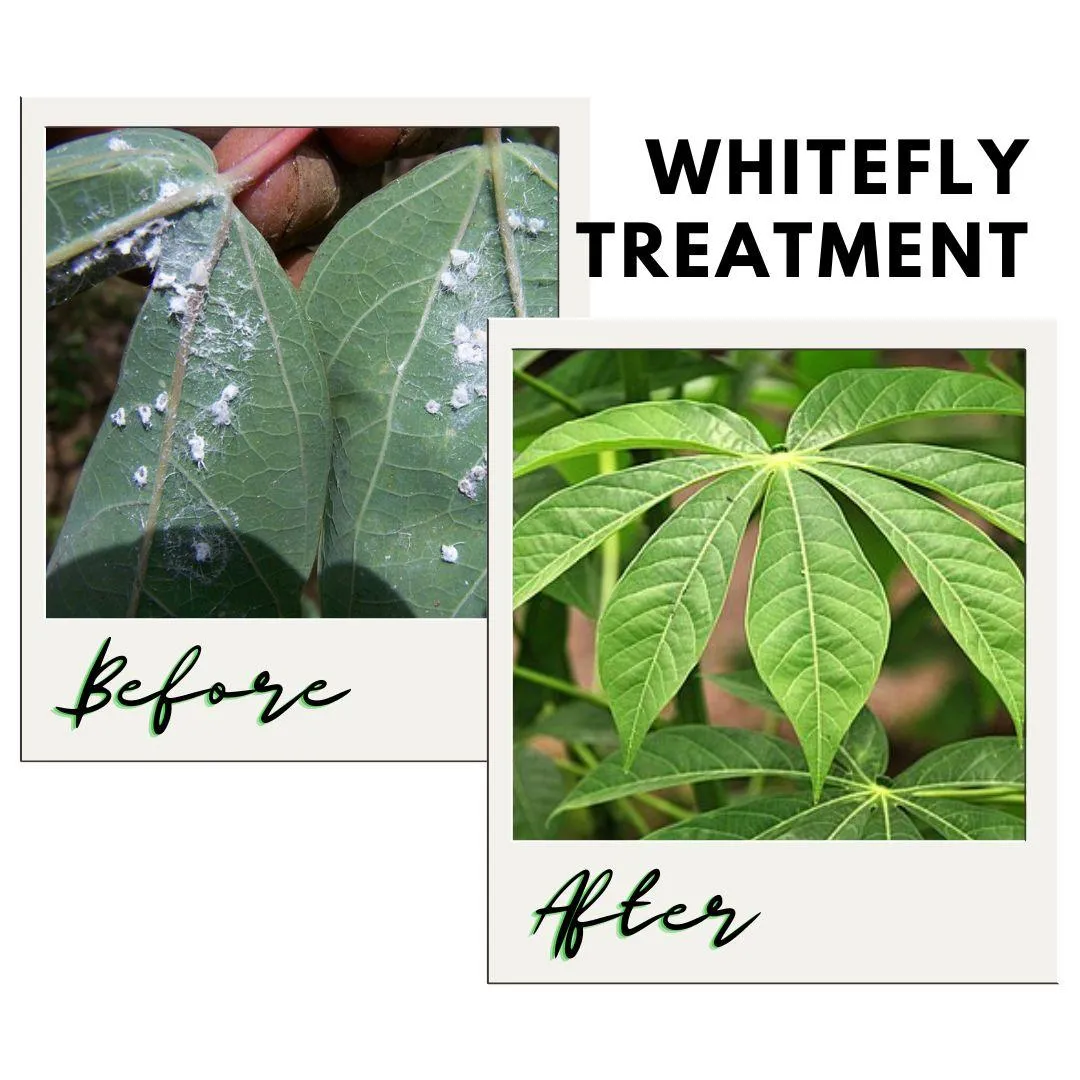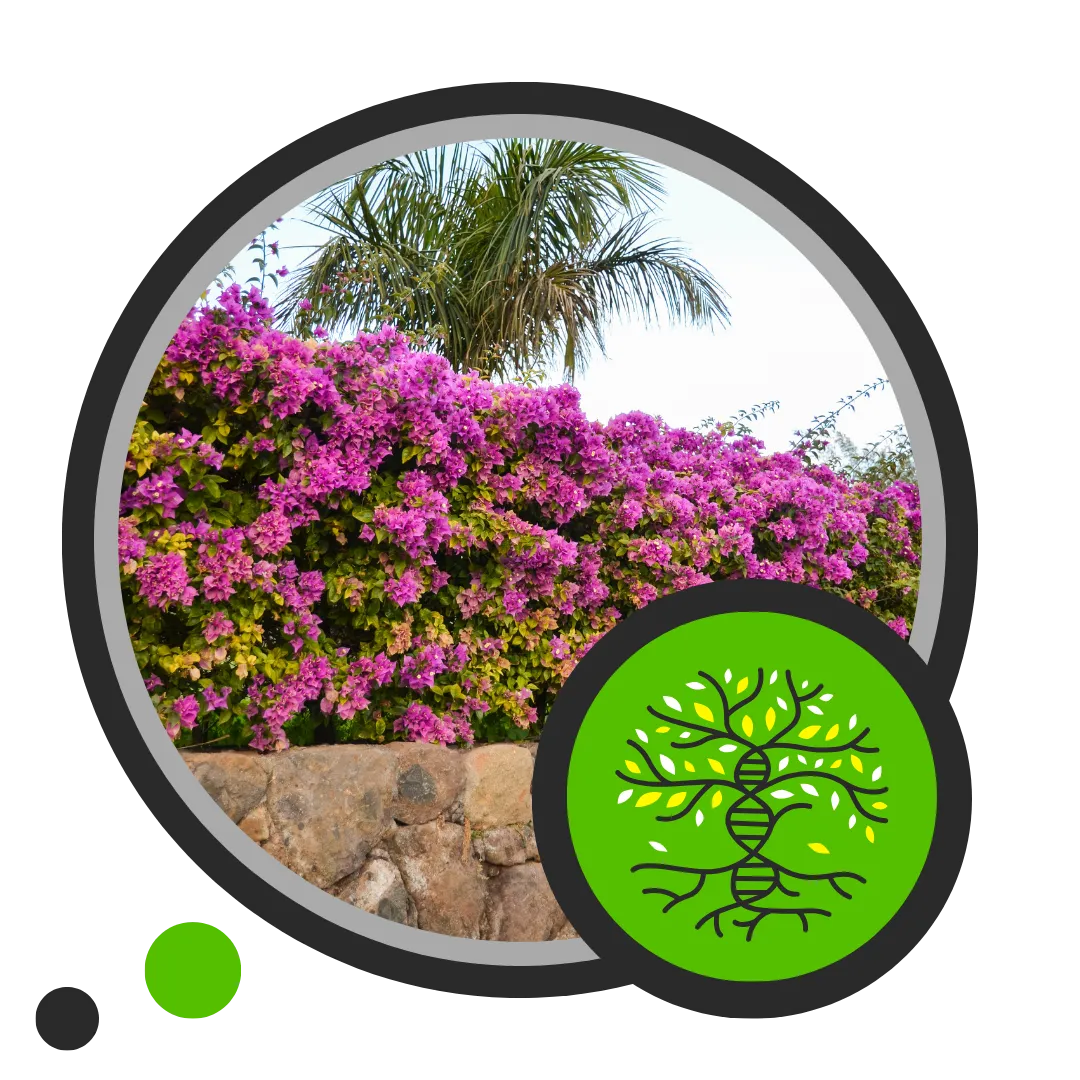Services > Whitefly Treatment for Trees
Whitefly Treatment for Trees
Whitefly Treatment for Trees is a crucial service aimed at tackling the significant threat posed by whiteflies. These tiny sap-sucking insects can heavily infest trees, leading to severe leaf damage, stunted growth, and reduced overall vigor. In some cases, whiteflies can also be vectors for plant diseases. Effectively managing a whitefly infestation is challenging once established, hence the need for professional treatment. Professional methods, typically involving applying specific insecticides, are designed to eliminate these pests and prevent future outbreaks. Choosing the right insecticide and application method is critical to ensure the tree's and surrounding environment's safety, making professional intervention vital for successful whitefly management.
Why Choose Whitefly Treatment for Trees?
Choosing professional whitefly treatment for trees is essential for several reasons. Firstly, it effectively addresses the severe damage caused by whiteflies. These pests feed on tree sap, leading to weakened trees, leaf yellowing, and premature leaf drop. Such damage impacts the tree's appearance, health, and growth.
Whiteflies can spread diseases, worsening the tree's condition. Professional treatment helps prevent this, safeguarding the tree’s overall health.
Moreover, professional treatments offer targeted and safe solutions. Experts use appropriate insecticides that are effective against whiteflies and safe for the trees and the environment. They apply these treatments precisely, ensuring comprehensive coverage without harming beneficial insects or surrounding vegetation.
Professional whitefly treatment is proactive in maintaining trees' vitality and aesthetic value. It not only treats the current infestation but also contributes to the long-term health and resilience of the trees, making it a valuable investment for any landscape.


Cost of Whitefly Treatment for Trees
The cost of whitefly treatment for trees depends on several factors, including the size of the tree, the severity of the infestation, and the type of insecticide used. The online information does not provide specific pricing for whitefly treatment, likely because costs can vary significantly based on these factors.
Generally, professional tree care services assess each situation individually to provide an accurate cost estimate. The price may be influenced by the number of trees to be treated, the size of each tree, the type of insecticide chosen (which can vary based on the species of tree and whitefly), and the complexity of the application process.
Our Process For
Whitefly Treatment for Trees
Initial Assessment
Identifying Infestation: The process starts with thoroughly inspecting the tree to identify the presence and severity of the whitefly infestation.
Tree Health Evaluation: Examining the tree's overall health to understand how the infestation has affected it.



Selection of Treatment
Choosing Appropriate Insecticide: Based on the assessment, the most effective insecticide is selected, considering the tree species and whitefly type.
Safety Considerations: Ensuring the chosen insecticide is safe for the tree, surrounding environment, and non-target organisms.

Application of Insecticide
Preparing the Application: The insecticide is prepared per manufacturer instructions, ensuring correct dilution and mixture.
Effective Spraying Techniques: Applying the insecticide to all affected areas, especially the undersides of leaves where whiteflies typically reside. Care is taken to apply evenly and avoid runoff or over-spraying.



Post-Treatment Monitoring
Observing the Impact: After treatment, the tree is monitored for improvement in health and reduction in whitefly activity.
Follow-Up Treatments: Additional treatments are scheduled, if necessary, based on the initial response and ongoing monitoring of the tree’s condition.
Things to Know About
Whitefly Treatment for Trees
When considering whitefly treatment for trees, it’s essential to be aware of several key factors:
✔ Appropriate Timing: Tree injections should ideally be performed during specific times of the year, depending on the species of the tree and the issue being treated. Consulting with an arborist can help determine the best time for the procedure.
✔ Choosing the Right Treatment: Various treatments are available for different issues. Ensure that the chosen treatment is specifically tailored to address the diagnosed problem of the tree.
✔ Professional Application: Tree injections require precision and understanding of tree biology. It's recommended to have a trained arborist or tree care professional perform the injections to minimize harm and maximize effectiveness.
✔ Environmental Considerations: Unlike spraying, tree injections are more environmentally friendly as they reduce the chance of chemical runoff and air dispersion.
✔ Potential Risks: While tree injections are generally safe, they can cause wounding or stress to the tree. Proper techniques and aftercare are vital to minimize any potential damage.
✔ Long-term Effectiveness: Tree injections can provide long-lasting treatment, often more effective and longer-lasting than surface applications, but they may need to be repeated for sustained results.
✔ Misconceptions: Tree injections are not a cure-all solution. They are most effective when part of a broader integrated pest management or tree health program.
Contact Us
Miami, Coral Gables, Key West, Pinecrest, Coconut Grove, Islamorada, Key Largo, Palmetto Bay
Service Hours
Monday: 9:00 AM - 5:00 PM
Tuesday: 9:00 AM - 5:00 PM
Wednesday: 9:00 AM - 5:00 PM
Thursday: 9:00 AM - 5:00 PM
Friday: 9:00 AM - 5:00 PM
Saturday: 10:00 AM - 2:00 PM
Sunday: Closed







